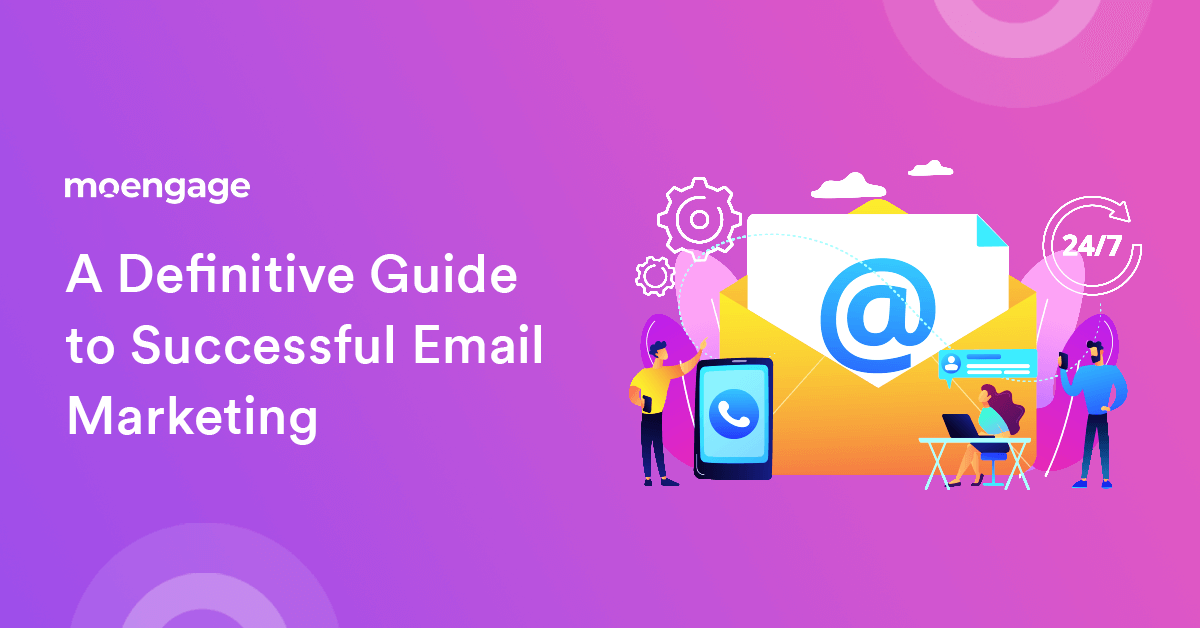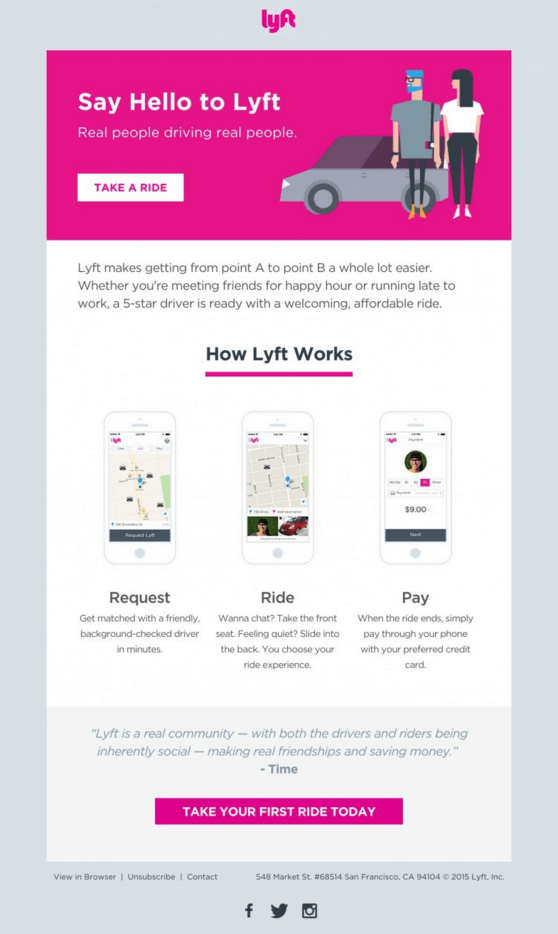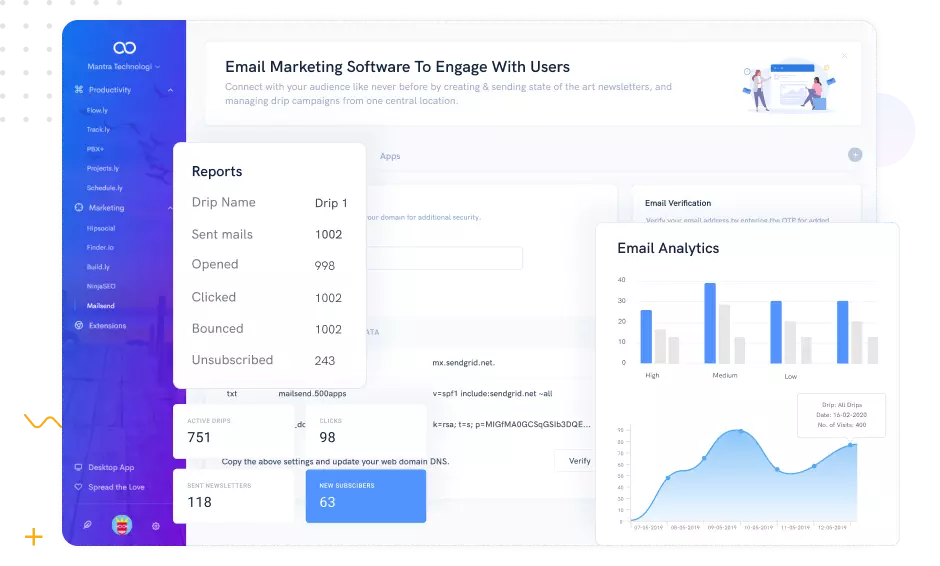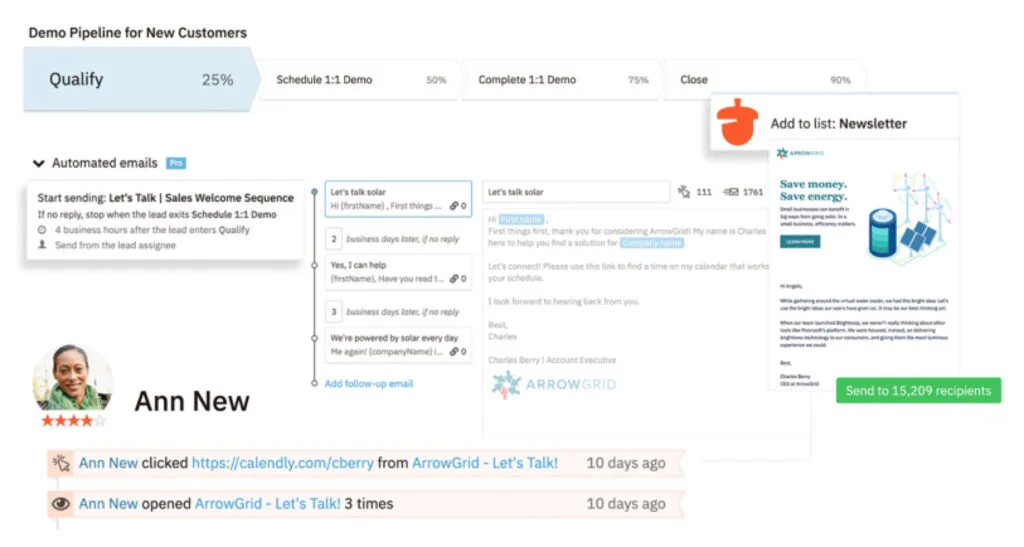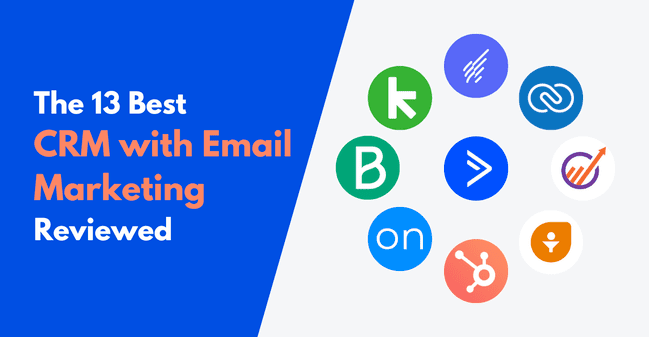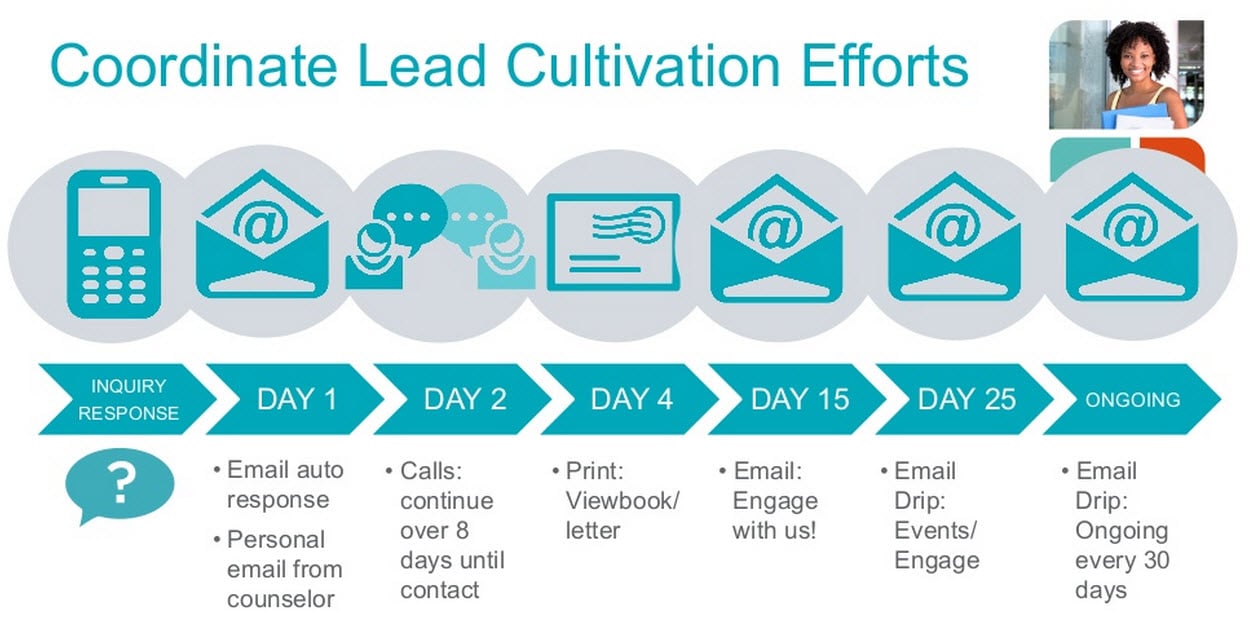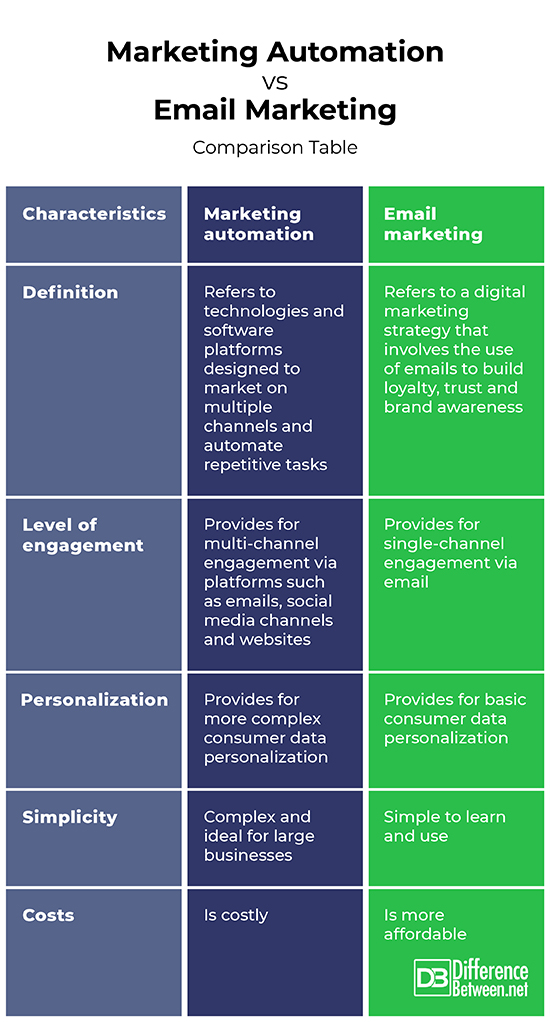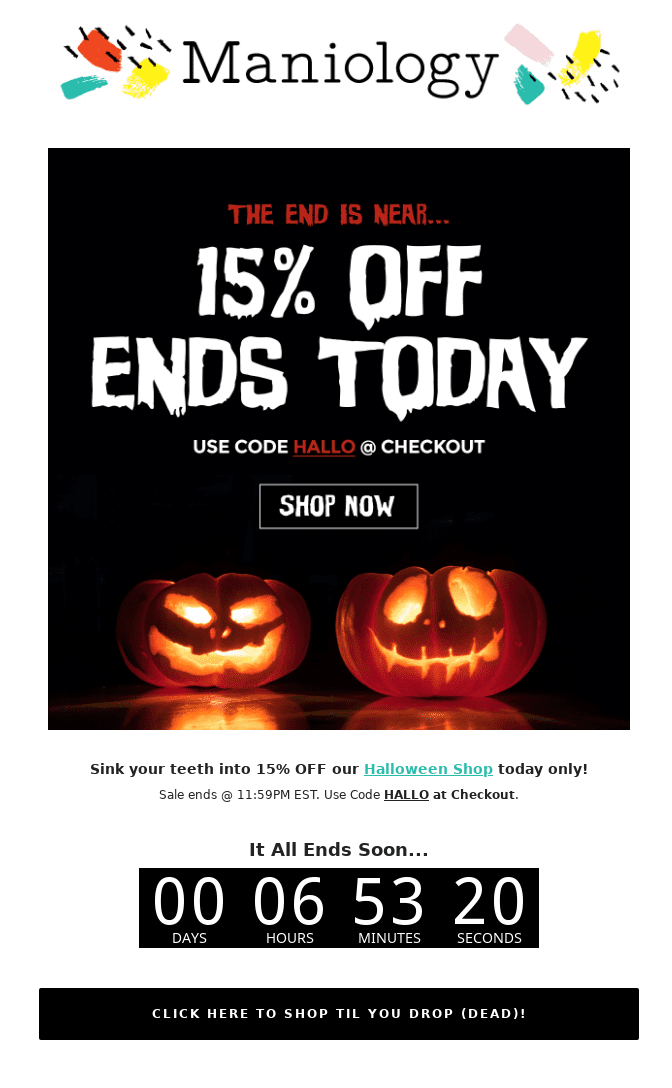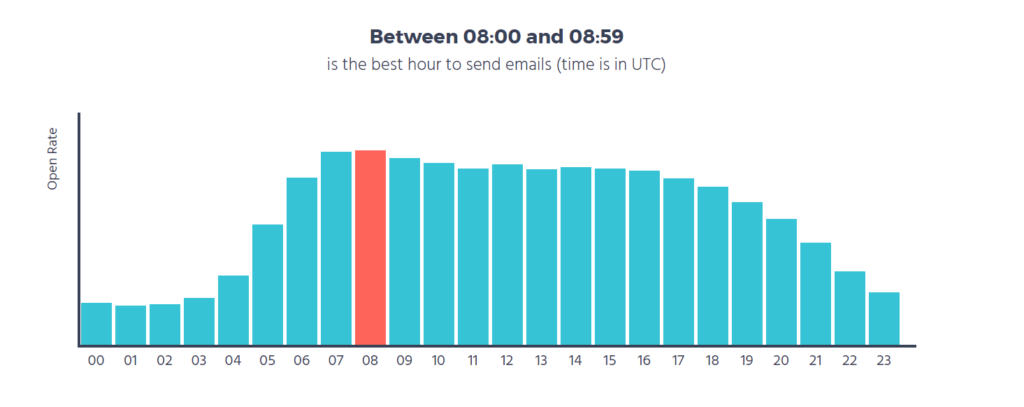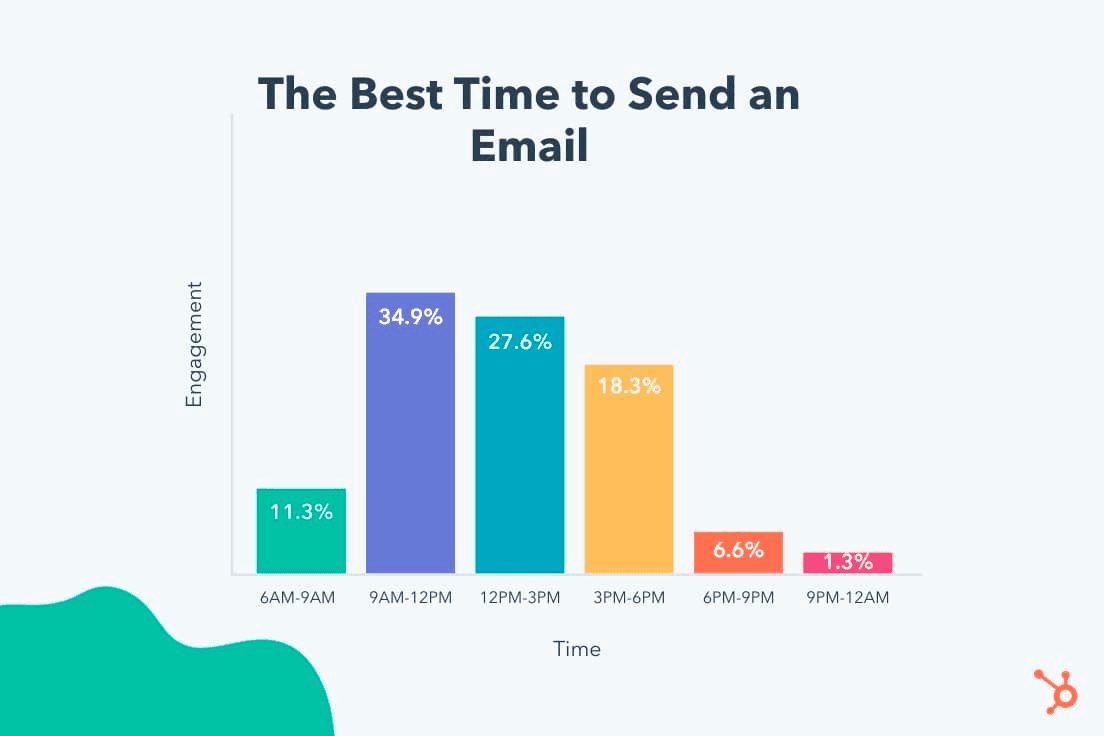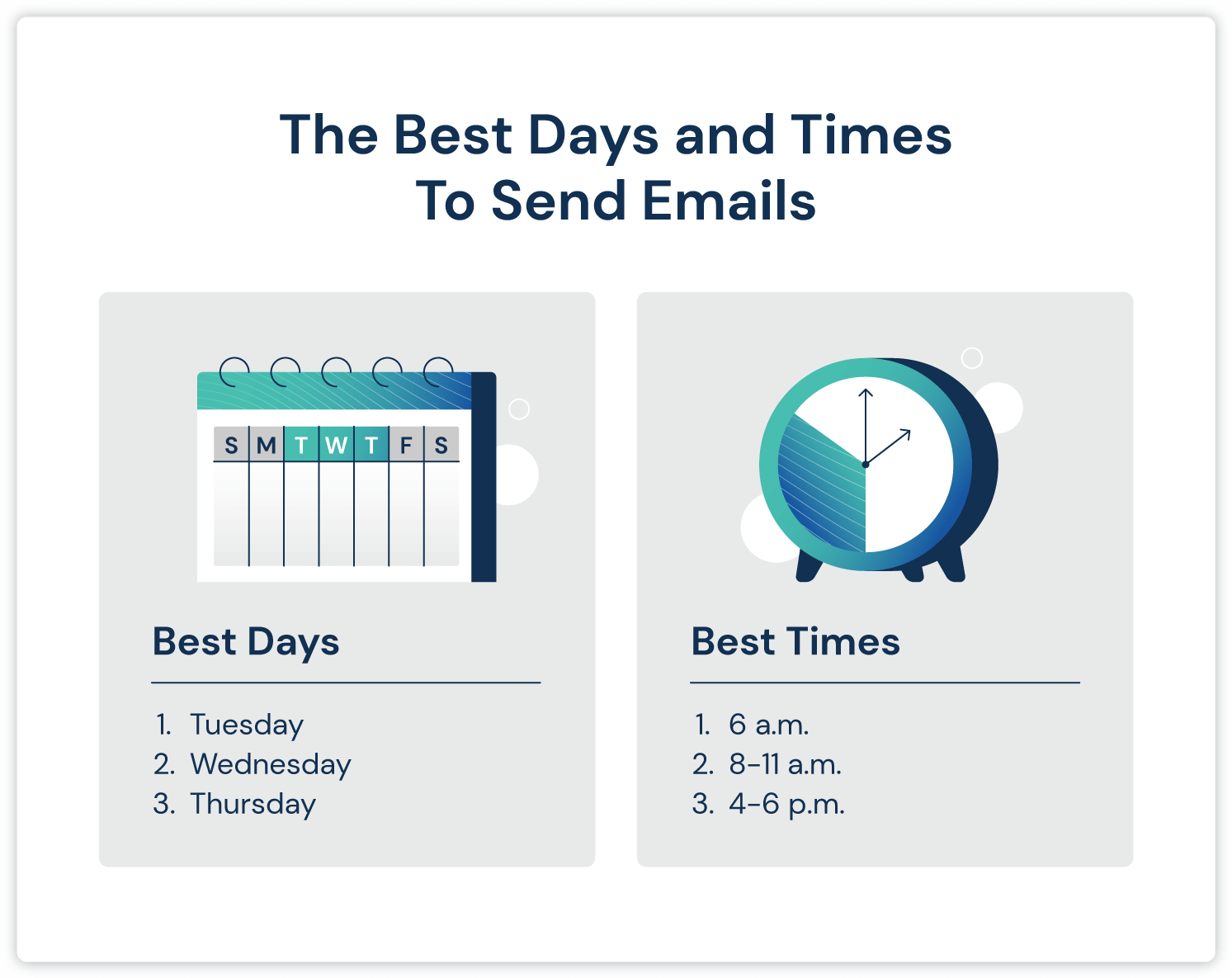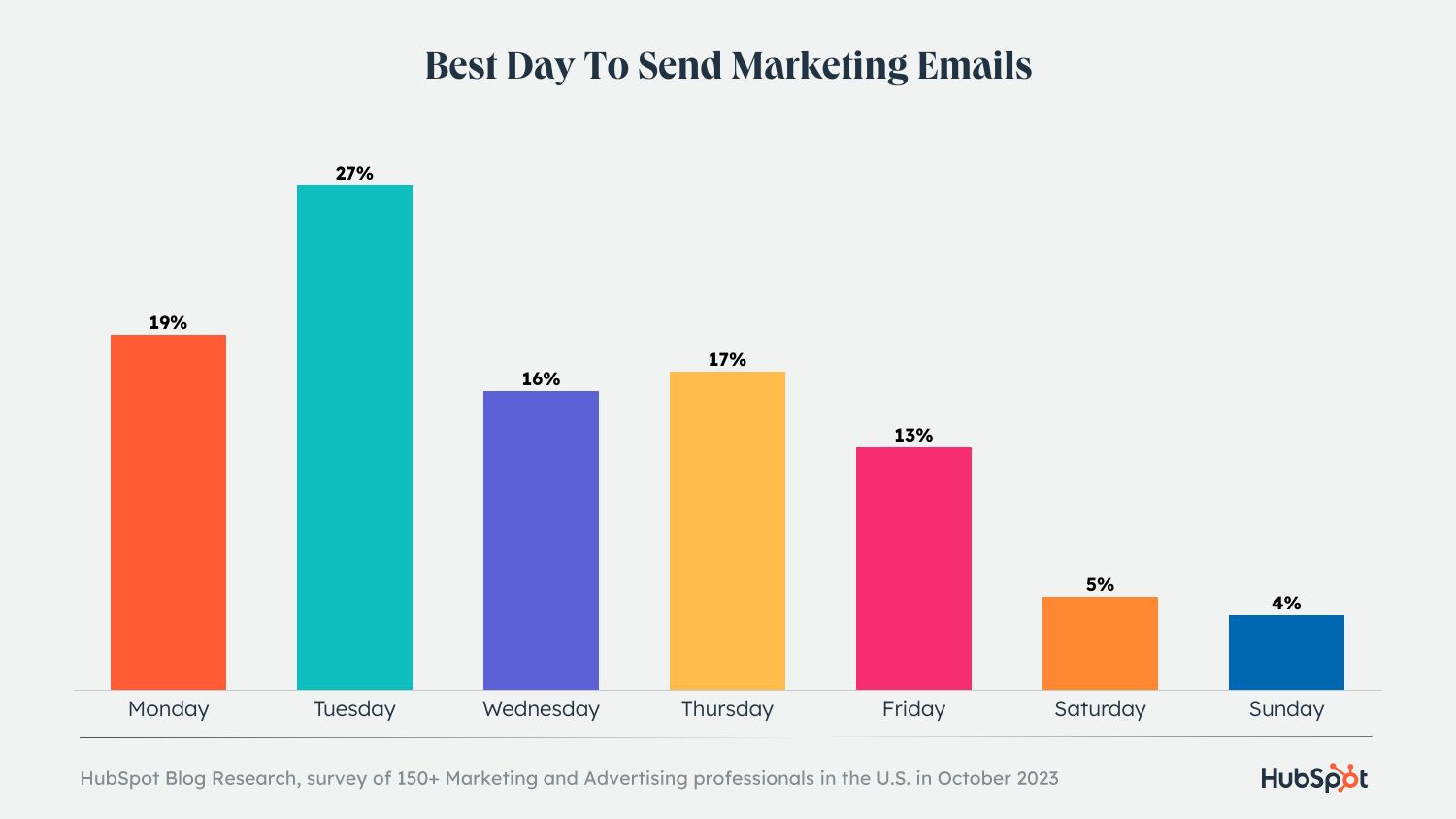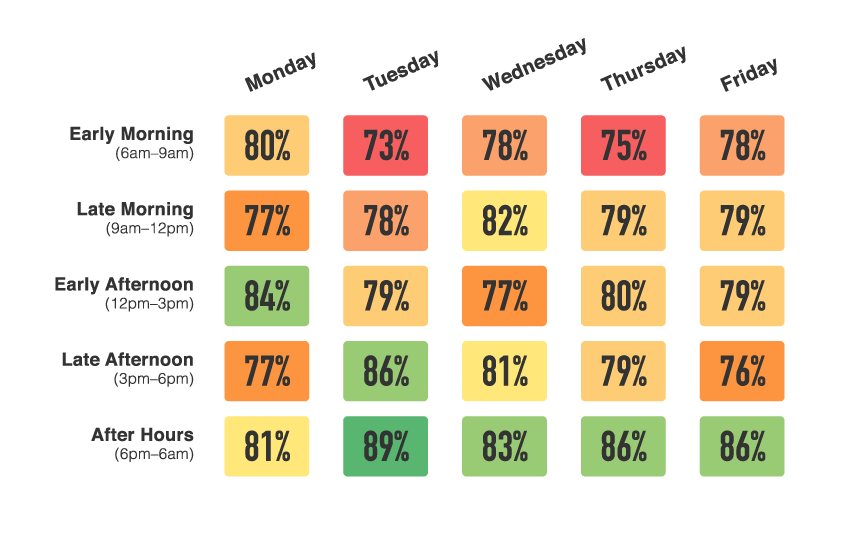Open source marketing automation software allows businesses to streamline and optimize their marketing efforts without high costs. These platforms provide customizable tools for email marketing, social media management, and lead generation.
Open source marketing automation software has gained popularity due to its cost-effectiveness and flexibility. Businesses can customize these tools to fit their unique marketing needs. The software includes features like email campaigns, social media scheduling, and customer relationship management. Open source solutions allow companies to modify and adapt the software, ensuring it evolves with their marketing strategies.
This adaptability makes it a popular choice for startups and small businesses. Open source platforms often have active communities, providing support and continuous improvements. As a result, businesses can achieve efficient marketing automation without significant financial investment.

Credit: wpmanageninja.com
Introduction To Marketing Automation
Introduction to Marketing Automation
Marketing automation is reshaping the world of digital marketing. It helps businesses manage campaigns across multiple channels. This includes email, social media, and websites. Open source marketing automation software is becoming popular. It offers flexibility and cost-effectiveness.
What Is Marketing Automation?
Marketing automation refers to software platforms designed to automate repetitive tasks. These tasks include sending emails, managing social media, and running ad campaigns. The software tracks customer data and behavior. This helps businesses create personalized experiences.
Automation helps in segmenting audiences. This ensures that the right message reaches the right people. It also saves time and reduces human error.
Importance In Modern Marketing
Marketing automation is crucial in today’s digital landscape. It offers several benefits:
- Time-Saving: Automates repetitive tasks
- Personalization: Customizes messages for different audience segments
- Efficiency: Reduces human error and increases accuracy
- Data-Driven: Provides insights for better decision-making
Businesses can run multiple campaigns at once. This helps in reaching a wider audience. Automation also ensures consistency in messaging across different channels.
Benefits Of Open Source Solutions
Open source marketing automation software offers many advantages for businesses. These solutions bring flexibility and cost savings. They provide opportunities for customization and control. Open source software stands as a strong competitor to proprietary solutions.
Cost-effectiveness
Open source software often comes with no licensing fees. This feature makes it very affordable for businesses. Without high upfront costs, companies can save money. The absence of recurring fees also helps in long-term budget planning.
Here’s a quick comparison of open source vs. proprietary costs:
Feature Open Source Proprietary Licensing Fees None High Customization Costs Variable High Support Costs Optional Included
Customization Flexibility
Open source solutions allow full access to the source code. This access means you can customize the software to fit your needs. Customization flexibility ensures that the software grows with your business.
Benefits of customization include:
- Tailoring features to specific business processes
- Integrating with existing systems
- Creating unique workflows
Developers can make changes without vendor restrictions. This freedom leads to innovative solutions and a better fit for your business.
/media/65a69917d796fe50cd1bd6cd32aa9812
Top Open Source Marketing Automation Tools
Open source marketing automation tools are essential for modern businesses. They help streamline marketing efforts, saving time and resources. Below are some of the best open-source tools available today.
Mautic
Mautic is a powerful open source marketing automation tool. It offers a wide range of features to enhance your marketing strategies. Mautic allows you to create personalized email campaigns, track website visitors, and manage leads efficiently.
Here are some key features of Mautic:
- Email marketing
- Landing page creation
- Lead scoring
- Social media monitoring
- Detailed analytics
Mautic integrates well with other tools, making it versatile. It is also user-friendly, making it accessible for beginners and experts alike.
Suitecrm
SuiteCRM is another excellent open source marketing automation tool. It is a comprehensive Customer Relationship Management (CRM) system. SuiteCRM provides a robust platform for managing customer interactions and data.
Key features of SuiteCRM include:
- Contact management
- Campaign management
- Sales pipeline tracking
- Customer support management
- Customizable dashboards
SuiteCRM is highly customizable, allowing it to fit any business need. It also offers extensive reporting capabilities, helping you make data-driven decisions.
Below is a comparison table of these two tools:
Feature Mautic SuiteCRM Email Marketing Yes Yes Landing Page Creation Yes No Lead Scoring Yes No Social Media Monitoring Yes No Contact Management No Yes Sales Pipeline Tracking No Yes
Both Mautic and SuiteCRM offer unique advantages. Choose the one that best suits your business needs.
Features To Look For
Open Source Marketing Automation Software offers many features for businesses. Knowing the right features helps maximize its benefits. Here are key features to look for in this software.
Lead Management
Lead Management is crucial for businesses. It helps track potential customers. Look for software that offers:
- Lead Scoring: Rank leads based on their engagement.
- Lead Nurturing: Send personalized content to leads.
- CRM Integration: Sync leads with your CRM system.
- Automated Workflows: Automate tasks based on lead actions.
Email Campaigns
Email Campaigns are essential for reaching your audience. Choose software that provides:
- Drag-and-Drop Editor: Easily create email templates.
- Segmentation: Target specific groups with tailored messages.
- A/B Testing: Test different versions of your emails.
- Analytics: Track open rates, clicks, and conversions.
Having these features in Open Source Marketing Automation Software can enhance your marketing efforts.
Integrating With Other Systems
Open Source Marketing Automation Software offers incredible flexibility. One key feature is its ability to integrate with other systems. This integration enhances your marketing efforts, making your campaigns more effective.
Crm Integration
Integrating your marketing software with a CRM system is crucial. It allows you to manage customer data efficiently. The integration helps in tracking customer interactions, ensuring you never miss an opportunity.
Here are some benefits of CRM integration:
- Unified Data: All customer information is stored in one place.
- Enhanced Customer Insights: Access detailed customer profiles and history.
- Better Targeting: Create personalized marketing campaigns.
- Improved Sales Coordination: Align marketing and sales efforts.
Analytics Tools
Connecting your marketing automation software with analytics tools is essential. It helps you measure the success of your campaigns. You can track key metrics and adjust strategies accordingly.
Key benefits of integrating analytics tools:
- Real-Time Data: Get instant insights into campaign performance.
- Custom Reports: Generate reports tailored to your needs.
- Trend Analysis: Identify patterns and trends in customer behavior.
- Enhanced Decision-Making: Make data-driven marketing decisions.
Below is a quick comparison of popular analytics tools:
Tool Key Feature Best Use Case Google Analytics Comprehensive tracking Website performance Mixpanel User behavior analysis Product analytics Tableau Data visualization Complex data sets
Integrating these tools ensures your marketing is data-driven. This makes your campaigns more effective and efficient.

Credit: wpmanageninja.com
Setting Up Your Open Source Software
Getting started with open source marketing automation software can be exciting. The process includes installation and initial configuration steps. Follow these steps to get your software up and running.
Installation Process
The installation process for open source marketing automation software can be simple. Here’s a step-by-step guide to help you:
- Download the software package from the official website.
- Extract the downloaded files to a designated folder.
- Open your terminal or command prompt.
- Navigate to the folder containing the extracted files.
- Run the
install.shscript by typing./install.shand pressing Enter. - Follow the on-screen prompts to complete the installation.
Make sure your server meets the system requirements before starting the installation.
Initial Configuration
After installation, configure the software to suit your needs. Here’s how to do it:
- Login to the admin panel using the default credentials.
- Change the default password to secure your account.
- Configure your email settings to send marketing emails.
- Set up user roles and permissions for your team.
- Import your contacts and leads into the system.
- Customize the dashboard to display important metrics.
Use the software’s documentation for detailed configuration instructions.
Here’s a quick overview of the initial configuration steps:
Step Description Login Access the admin panel with default credentials. Change Password Update the default password for security. Email Settings Configure email settings to send marketing emails. User Roles Set up roles and permissions for team members. Import Contacts Bring your contacts and leads into the system. Customize Dashboard Personalize the dashboard to show key metrics.
These steps ensure your open source marketing automation software is ready for use.
Best Practices For Effective Automation
Effective automation in open source marketing software requires careful planning. By following best practices, businesses can maximize their marketing efforts. This section outlines key strategies and techniques to ensure success.
Segmentation Strategies
Segmentation is critical for targeting the right audience. It involves dividing your audience into smaller groups. Each group shares similar characteristics. Here are some effective segmentation strategies:
- Demographic Segmentation: Group by age, gender, income, or education.
- Geographic Segmentation: Group by location, such as city or country.
- Behavioral Segmentation: Group by behaviors like purchase history or website activity.
- Psychographic Segmentation: Group by lifestyle, values, or interests.
Personalization Techniques
Personalization enhances user experience and engagement. It involves tailoring content to individual preferences. Here are some techniques to achieve effective personalization:
- Use Personal Names: Address users by their first name in emails.
- Dynamic Content: Show different content based on user behavior.
- Custom Recommendations: Suggest products or content based on past interactions.
- Behavioral Triggers: Send messages triggered by specific actions, like cart abandonment.
Technique Benefit Use Personal Names Makes communication more friendly and engaging Dynamic Content Increases relevance and user interest Custom Recommendations Boosts conversion rates Behavioral Triggers Improves timing and impact of messages

Credit: blog.n8n.io
Case Studies
Open Source Marketing Automation Software has revolutionized marketing strategies. Case studies showcase real-world applications and outcomes. They help businesses understand the true potential. Let’s explore some successful implementations and lessons learned.
Successful Implementations
Numerous companies have embraced open source marketing automation. Their success stories inspire others. Here are a few standout examples:
Company Industry Results ABC Corp Technology
- Increased lead generation by 40%
- Reduced marketing costs by 20%
XYZ Ltd Healthcare
- Improved customer engagement by 35%
- Enhanced email open rates by 25%
These companies achieved remarkable results. They leveraged the flexibility of open source tools. Their marketing strategies became more efficient and cost-effective.
Lessons Learned
Implementing open source marketing automation comes with challenges. Companies have learned valuable lessons. Here are some key takeaways:
- Customizability: Open source software allows for extensive customization. Tailor the software to fit your needs.
- Community Support: Leverage community forums and resources. They provide solutions and best practices.
- Training: Invest in training your team. Ensure everyone understands how to use the tools effectively.
- Integration: Ensure the software integrates with existing systems. Seamless integration enhances efficiency.
These lessons help businesses avoid common pitfalls. They ensure smoother implementations and better results.
Future Trends
The future of open source marketing automation software is exciting. Emerging trends are shaping the industry rapidly. Let’s explore key trends that will define the future.
Ai And Machine Learning
AI and machine learning will revolutionize marketing automation. These technologies can analyze vast data sets quickly. They identify patterns and predict customer behavior. This helps in creating personalized marketing campaigns. AI-powered chatbots will enhance customer interaction. Machine learning algorithms will optimize email marketing strategies. They will predict the best times to send emails. AI can also generate content ideas. It ensures that content is relevant and engaging. This trend will save time and increase efficiency.
Enhanced User Experience
An improved user experience is crucial for marketing success. Open source software will focus on user-friendly interfaces. This makes it easier for marketers to use the tools. Enhanced dashboards will provide real-time analytics. Marketers can make data-driven decisions swiftly. Personalization features will offer tailored content to users. This increases engagement and conversion rates.
Feature Benefit Personalized Dashboards Real-time data and insights Customizable Interface Better user experience AI-Powered Chatbots Improved customer interaction
- AI can predict customer behavior.
- Machine learning optimizes email marketing.
- User-friendly interfaces enhance usability.
- Personalization features increase engagement.
Frequently Asked Questions
What Is Open Source Marketing Automation Software?
Open source marketing automation software is a tool with publicly accessible code. It helps automate marketing tasks like email campaigns and social media posting. Users can customize and improve it without licensing fees.
Why Choose Open Source Marketing Automation Software?
Choosing open source marketing automation software offers flexibility and customization. It allows you to modify the software to meet your specific needs. Plus, it’s cost-effective, as there are no licensing fees.
What Are The Benefits Of Open Source Marketing Tools?
Open source marketing tools offer customization, cost savings, and community support. They allow businesses to tailor features to their needs. Additionally, they often have lower costs compared to proprietary software.
Are There Any Free Open Source Marketing Tools?
Yes, there are free open source marketing tools available. Examples include Mautic, SuiteCRM, and HubSpot’s free tools. These tools provide robust features without the need for expensive licenses.
Conclusion
Open source marketing automation software offers flexibility and cost savings. It empowers businesses to customize and scale their strategies. These tools provide robust features without hefty price tags. Embracing open source solutions can enhance marketing efficiency and drive growth. Explore these options to find the best fit for your business needs.








